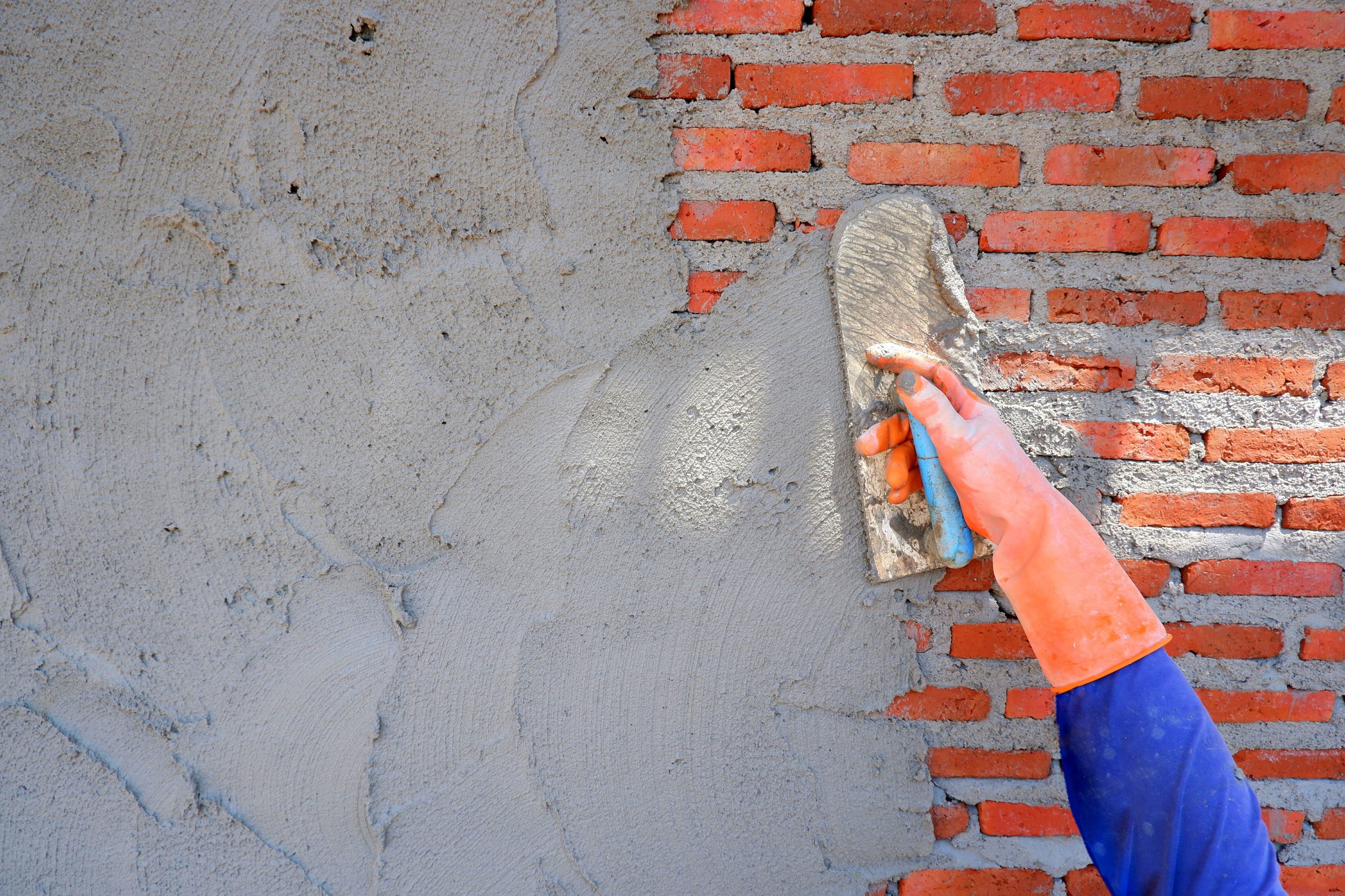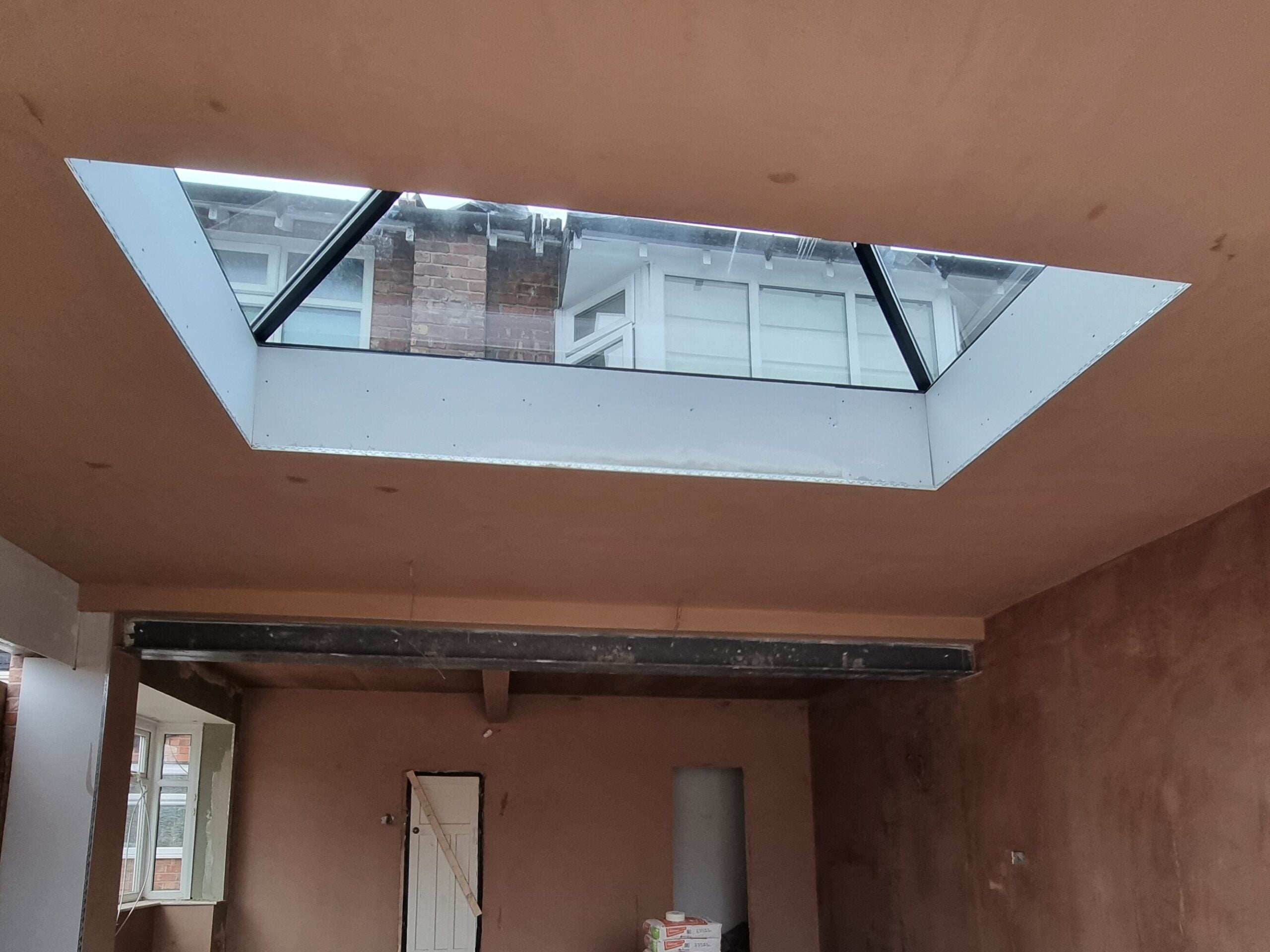How to Enhance Your Do It Yourself Skills with Appropriate Plastering Strategies
How to Enhance Your Do It Yourself Skills with Appropriate Plastering Strategies
Blog Article
Key Tips and Devices for Effective Gluing in Your Home Renovation Ventures
Achieving a flawless plaster surface in your home enhancement tasks requires a blend of the right tools and proven strategies. Understanding the nuances of mixing plaster and applying it in thin layers can dramatically affect the last result.
Vital Gluing Devices
The essential tools encompass a variety of implements created to assist in the gluing process efficiently and properly. Secret elements consist of a hawk, which is a level, square device made use of to hold the plaster while applying it to surfaces.
Furthermore, a mixing pail is essential for preparing plaster, making sure the right uniformity prior to application. A plastering brush or sponge serves for smoothing and completing touches out textures. Lastly, safety and security equipment such as handwear covers and masks must be included to shield the individual from dust and chemicals. Together, these essential plastering tools make it possible for both specialists and DIY enthusiasts to accomplish high-quality outcomes in their gluing jobs.
Surface Area Prep Work Methods
Effectively preparing the surface prior to plastering is important for ensuring adhesion and achieving a remarkable surface. The initial step involves cleaning the surface to remove any type of dust, grease, or old paint that may prevent the plaster's ability to bond successfully. A thorough laundry with an appropriate cleansing option is advised, adhered to by allowing the surface area and rinsing to dry completely.
Next, assess the surface for any type of fractures or imperfections. These need to be loaded with an ideal filler substance and allowed to cure according to the producer's instructions. For permeable surfaces, applying a guide is necessary to produce an uniform texture and boost attachment.
Furthermore, it is important to make certain that the surface is stable and structurally audio. Any type of loose materials, such as flaking paint or harmed drywall, should be fixed or gotten rid of. Take into consideration using a scratch coat to boost grasp. if functioning with stonework surface areas.
Combining Plaster Like a Pro

Using a tidy blending container, pour the water initially, then progressively include the plaster powder while mixing continually. This approach aids to avoid clumping and makes certain an even circulation of products.
Once mixed, enable the plaster to relax for a couple of minutes to allow the gypsum crystals to moisturize totally. This relaxing duration improves workability and lowers the threat of splitting throughout application. By adhering to these steps, you can mix plaster like a professional, establishing the foundation for an effective smudging project in your home improvement ventures.
Application Approaches for Smooth Finishes
With the plaster mixture prepared to the suitable consistency, the next step involves choosing suitable application approaches to accomplish a smooth finish. The selection of application devices significantly influences the final look of the plastered surface area. For ideal outcomes, a stainless-steel trowel is commonly advised. This device permits for a penalty, even distribution of plaster across the surface web link while reducing trowel marks - Plastering.
Begin by applying a generous quantity of plaster to the surface making use of the trowel, ensuring it sticks well. Use a systematic approach, functioning from the bottom upward. Once the first layer is applied, utilize a sweeping movement to smooth the surface, using even pressure. In areas that require even more careful interest, consider using a float, which can aid get rid of any flaws and create a consistent texture.
For the last touches, a moist sponge can be utilized to improve the surface even more. Gently haze the plaster with water and carefully rub the surface to attain a refined result. Constantly keep in mind to work in little sections to keep control over the application process, making sure a smooth, expert surface throughout your plastering task.
Common Errors to Avoid
When embarking on a plastering job, avoiding typical blunders is critical for accomplishing a flawless coating. Ensure that all dirt, oil, and loose materials are eliminated prior to using plaster.
One more typical blunder is applying plaster too thickly. Thick layers can fracture as they dry out, endangering the honesty of the surface. Rather, go with numerous slim layers, allowing each coat to completely dry totally before applying the following.
In addition, poor blending methods can cause irregular structure and workability. Always comply with the producer's guidelines for mixing proportions and extensively blend the plaster to attain a consistent consistency.

Timing likewise plays a critical duty; plaster ought to be applied while the substrate is moist to boost bond. Top visit this website notch trowels and drifts can make a considerable distinction in achieving a smooth finish.
Conclusion
Effective plastering requires a comprehensive understanding of essential tools and techniques. By utilizing proper equipment, guaranteeing thorough surface area preparation, and dig this adhering to suggested mixing ratios, optimal results can be achieved. Utilizing suitable application approaches further improves the surface, while understanding of common blunders can avoid problems. Mastery of these components not just contributes to the visual allure of a room yet likewise makes sure resilience and longevity in plastering tasks, making them important to effective home renovation ventures.
A float is another critical tool, which aids in leveling the plaster and achieving an uniform surface.

By following these steps, you can blend plaster like a pro, establishing the structure for a successful gluing job in your home renovation endeavors.
Lightly haze the plaster with water and gently scrub the surface to attain a refined result.
Report this page